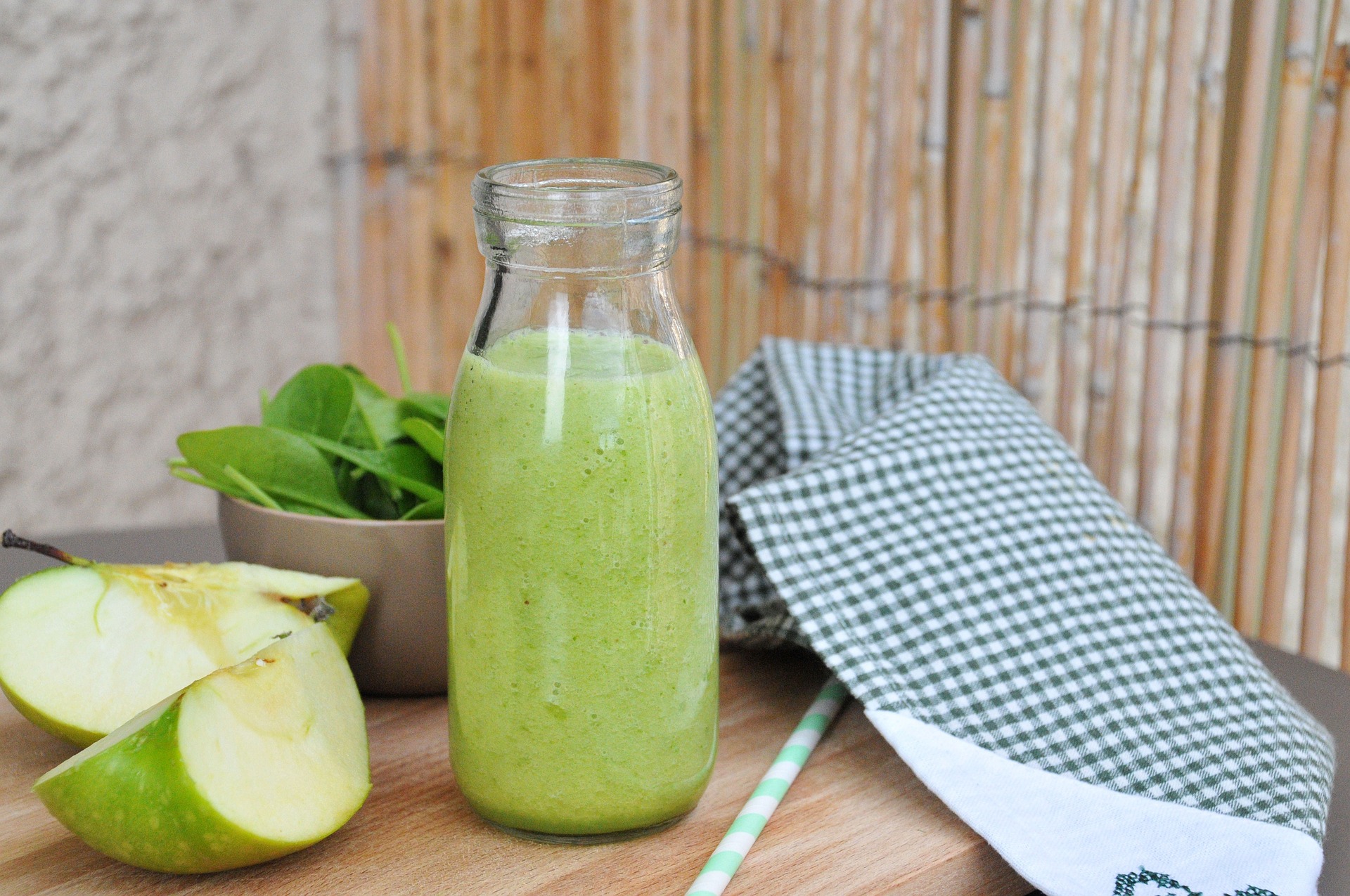Culinary Alchemy: Transforming Humble Ingredients into Gourmet Delights
Discover the art of elevating everyday ingredients into extraordinary dishes. This culinary journey explores innovative techniques and creative pairings that will revolutionize your approach to cooking. From simple staples to forgotten flavors, learn how to transform the ordinary into the extraordinary and impress your guests with gourmet creations.
Texture Play: Contrasting Elements for Sensory Delight
Texture is often an overlooked aspect of cooking, but it’s crucial in creating memorable dishes. Combining contrasting textures can elevate a simple ingredient into something extraordinary. Consider pairing crispy elements with creamy ones, or soft with crunchy. For example, a silky smooth soup can be transformed with the addition of crispy fried shallots or toasted nuts. Similarly, a tender piece of fish becomes more interesting when topped with a crunchy slaw or crisp vegetable chips. Even humble vegetables like carrots or cauliflower can be elevated by preparing them in different ways – roasted, pureed, and raw – all on the same plate. This interplay of textures not only makes the dish more visually appealing but also creates a more complex and satisfying eating experience.
The Art of Unexpected Pairings
Breaking culinary rules and combining unexpected flavors can lead to delightful surprises. Think beyond traditional flavor pairings and dare to experiment. For instance, try adding a touch of espresso to your beef stew for depth, or a sprinkle of lavender in your lemon desserts for a floral note. Fruit in savory dishes can add a delightful contrast – consider adding fresh figs to a goat cheese salad or pomegranate seeds to a Middle Eastern-inspired rice dish. Even common ingredients like vanilla can be used in surprising ways, such as in a savory seafood dish. The key is to start with small amounts and taste as you go, allowing your palate to guide you. These unexpected combinations can turn a simple dish into a conversation starter and showcase your culinary creativity.
Molecular Gastronomy at Home
While molecular gastronomy might seem intimidating, there are simple techniques you can use at home to add a touch of culinary magic to your dishes. Spherification, for example, can be achieved with calcium lactate and sodium alginate to create caviar-like spheres of flavored liquid. This technique can turn a simple soup into an interactive experience or elevate a cocktail with bursting flavor pearls. Another accessible technique is using agar-agar to create unique textures, like a savory jelly or a vegetable foam. Even something as simple as using liquid nitrogen (with proper safety precautions) can create instant ice cream with an incredibly smooth texture. These techniques not only impress visually but also introduce new textures and ways of experiencing familiar flavors, turning a meal into a multi-sensory adventure.
Presentation: The Final Touch of Gourmet Flair
The saying “we eat with our eyes first” holds true in gourmet cooking. Presentation can elevate a simple dish to restaurant-quality status. Start by considering the color palette of your ingredients and aim for a vibrant, contrasting arrangement. Use negative space on the plate to draw attention to the main elements. Experiment with different plating styles – from rustic and natural to precise and geometric. Edible flowers, micro-greens, and herb oils can add visual appeal and complementary flavors. Don’t forget about the importance of choosing the right serving vessel – a beautiful plate or an unexpected container like a mini cast-iron skillet can enhance the overall experience. Remember, presentation is not just about aesthetics; it’s about creating anticipation and enhancing the overall dining experience.
Gourmet Cooking Tips & Facts
• Use a blowtorch for quick caramelization without overcooking the interior of foods
• Infuse oils with herbs or spices for an instant flavor boost
• Experiment with different types of salt for varied texture and flavor profiles
• Learn the art of sauce reduction to intensify flavors
• Master the technique of sous-vide cooking for perfectly cooked proteins
• Incorporate edible flowers for both visual appeal and unique flavors
• Use flavored vinegars to add complexity to dressings and marinades
• Explore different cultures’ fermented ingredients for umami depth
In conclusion, transforming humble ingredients into gourmet delights is an art that combines creativity, technique, and a willingness to experiment. By mastering umami, playing with textures, embracing unexpected pairings, dabbling in molecular gastronomy, and perfecting your presentation skills, you can elevate your cooking to new heights. Remember, gourmet cooking is not just about expensive ingredients; it’s about approaching familiar foods with a fresh perspective and a spirit of innovation. So, let your culinary imagination run wild and turn your kitchen into a playground of gourmet possibilities.







